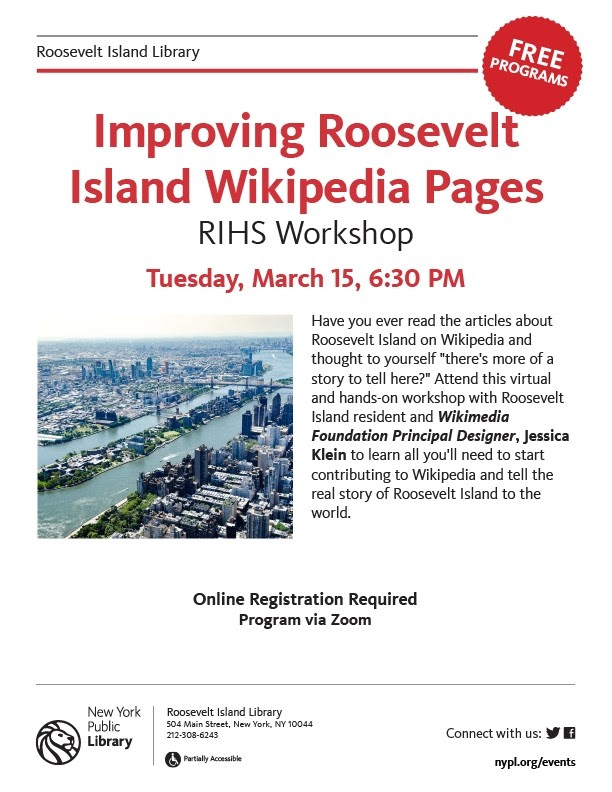Friday, March 11, 2022 – 1 TRAIN HAS IT’S TUNNELS AND OVERPASSES


FRIDAY, MARCH 12, 2022
The 619th Edition
THE #1 LINE
UNIQUE IN MANY WAYS
PART 1

The #1 IRT Broadway-7th Avenue Local is unique in many ways. It encompasses a substantial portion of New York’s first subway route, opened 1904-8, which includes its entire northern segment above 96th Street. Here we find a whole collection of unique stations and structure that illustrate the challenges the early subway builders faced. The #1 line above 96th Street encompasses a high viaduct, a large bridge, shallow tunnels, deep tunnels, and a conventional elevated route.
From a point just north of today’s Times Square to 242nd Street and Broadway, the #1 is the west side portion of the first New York subway route. At 96th Street the #1 splits from the #2 and #3 routes, which veer to the east to serve Harlem and The Bronx. The #1 continues along Manhattan’s western spine into adjacent parts of the Bronx to 242nd St.
We’ll begin this trip at 96th Street, which has been rebuilt twice in its history. Like most #1-line stations it is cut and cover construction, meaning it is in a shallow tunnel right below the street level. The most recent rebuild here was about ten years ago and saw the installation of a large entrance building in Broadway’s median strip, to permit ADA accessibility from the
street level. A photo of the new entrance building is below (Andy Sparberg collection).
Indianapolis circa 1905. “Knights of Pythias Building.” Last glimpsed here, 10 years ago! 8×10 inch dry plate glass negative, Detroit Publishing Company.

After 116th Street the #1 line goes outdoors for its 125th Street stop, and then goes back underground at 137th Street. 125th is on an arch bridge, about 50 feet high, necessary to carry the #1 across the steep Manhattanville Valley.
To keep the tracks level, the engineers decided to build a viaduct because a tunnel would have had steep grades and would have been susceptible to floods. Photo below is from www.nycsubway.org. It is a tribute to the original subway builders that the 125th Street viaduct is still in daily use after 118 years of daily use.

137th and 145th Streets are shallow cut-and-cover stations, but there is an unusual a five-track underground storage yard between the stops, completed in October 1904 because the original north terminal was 145th.
157th Street opened in November 1904, and then the next five stops, up to and including 215th Street, opened in March 1906 . A sixth stop, 191st Street, would be added in 1911.
This stretch includes the unique Fort George Tunnel, which few riders notice as the train rushes along. The topography rises steeply after 157th Street, which necessitated building the deep Fort George Tunnel to keep the tracks level and flat as they traverse the hilliest part of Manhattan Island. The engineers literally built a mountain railroad between the 157th Street and Dyckman Street stations. The result was three very deep stations, 168th,181st, and 191st Streets.
The first two opened in 1906 and are among the grandest in New York with their high, barrel=vaulted ceilings. In 1911, the 191st St. Station opened; it was not originally built because no one could have foreseen the sudden growth of Washington Heights caused by the new subway
All three stations require elevator access between the street and the platforms. An unusual feature at 168th Street is that the newer Eight Avenue IND A train subway is built above the older IRT tunnel. That’s because the #1 line tunnel is over 100 feet below street level and was built first.
The IND A train tunnel follows St. Nicholas Avenue on a high ridge and goes over the IRT tunnel. In most places on the NYC subway where two lines cross, the older route is on top.

It is necessary to use an elevator between the IND and the #1 at 168th St., as the #1 is 100+ feet below the street level. The original elevators were the construction shafts used to build the tunnel. When the IND was built (opened in 1932) those elevators were destroyed, and the current elevator shafts installed. New elevators were installed here very recently. Below is a 2017 photo of the #1 station at 168th Street.
(Andy Sparberg photo).
FRIDAY PHOTO OF THE DAY
SEND ANSWER TO ROOSEVELTISLANDHISTORY@GMAIL.COM


THURSDAY PHOTO OF THE DAY
KODAK COLORAMA AT GRAND CENTRAL TERMINAL FROM 1955 TO 1990
JAY JACOBSON, ANDY SPARBERG, LAURA HUSSEY, ED LITCHER, HARA REISER, GORIA HERMAN, M. FRANK, HARA REISER ALL GOT IT!

All image are copyrighted (c) Roosevelt Island Historical Society unless otherwise indicated
ANDY SPARBERG
FUNDING PROVIDED BY ROOSEVELT ISLAND OPERATING CORPORATION PUBLIC PURPOSE GRANTS CITY COUNCIL REPRESENTATIVE BEN KALLOS DISCRETIONARY FUNDING THRU DYCD


Copyright © 2022 Roosevelt Island Historical Society, All rights reserved.Our mailing address is:
rooseveltislandhistory@gmail.com

Leave a comment